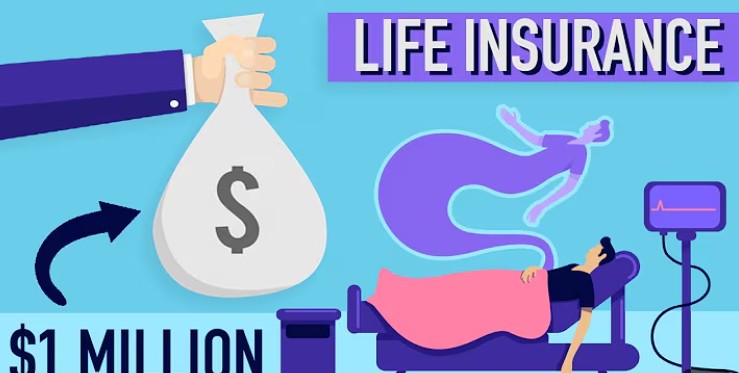Life insurance is a financial product designed to provide financial protection to your beneficiaries in the event of your death. Here’s a breakdown of its key aspects:
Types of Life Insurance
- Term Life Insurance: Provides coverage for a specific period, such as 10, 20, or 30 years. If you pass away during the term, your beneficiaries receive a payout. It’s typically more affordable than whole life insurance but does not build cash value.
- Whole Life Insurance: Offers coverage for your entire lifetime as long as premiums are paid. It also includes a savings component, called cash value, which grows over time and can be borrowed against or used to pay premiums.
- Universal Life Insurance: A flexible policy that combines a death benefit with a savings component. You can adjust the premiums and death benefit amounts, and the cash value earns interest.
- Variable Life Insurance: Includes investment options within the policy. The cash value and death benefit can fluctuate based on the performance of the investments chosen.
- Final Expense Insurance: Designed to cover funeral and burial costs. It typically has a smaller death benefit and is often easier to obtain for those with health issues.
Read More: 10 Types of Insurance You Don’t Need
Key Components
- Premiums: Regular payments made to keep the policy active. Premium amounts can vary based on the type of policy, coverage amount, and personal factors like age and health.
- Death Benefit: The amount paid to your beneficiaries upon your death. This can be a fixed amount or may vary based on the type of policy.
- Cash Value: In permanent life insurance policies (like whole or universal life), there is a savings component that accumulates over time. This cash value can be accessed or borrowed against during your lifetime.
- Beneficiaries: The individuals or entities you designate to receive the death benefit. You can choose anyone, such as family members, friends, or charities.
Why You Might Need It
- Income Replacement: Provides financial support to dependents or loved ones who rely on your income.
- Debt Coverage: Helps pay off outstanding debts, such as a mortgage, student loans, or credit card balances.
- Funeral Costs: Covers the expenses associated with your end-of-life arrangements.
- Estate Planning: Can be used to leave an inheritance or provide for your estate’s financial obligations.
- Peace of Mind: Ensures that your family is financially secure and can maintain their standard of living in the event of your death.
Choosing the right type of life insurance depends on your financial goals, needs, and budget. It’s often helpful to consult with a financial advisor to determine the best coverage for your situation.






